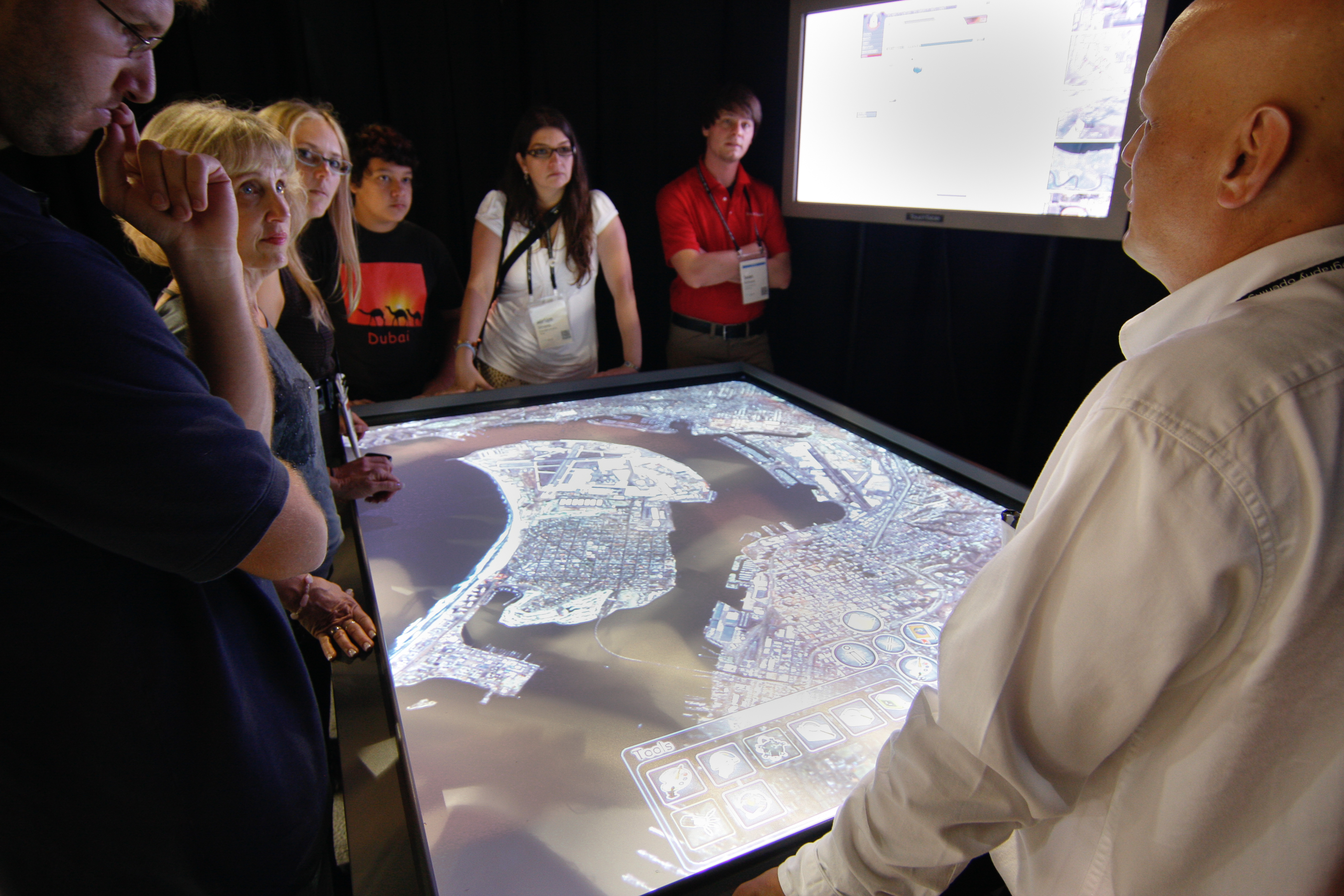Two-thirds of consumers surveyed in a 2018 report said they want “personalized recommendations” from retailers. As people press for tailored shopping experiences, the use of location analytics in retail expands. Brick-and-mortar retailers are following their online counterparts and investing in location intelligence. They’re teaming up with specialized technology firms to collect and analyze data from store sensors, point-of-sale systems, and multiple other tools. With these new insights, retailers are making more business decisions based on data. Here’s how location analytics will transform retail as the adoption of this emerging field grows.
1. Site Selection
Retailers are using location analytics to select the most profitable sites for new stores. Location analytics narrow the search based on factors affecting retail store location, such as proximity to competitors, drive time, and demographics of potential customers. Petco, for example, used a mapping solution to manage the risks of opening new stores. The pet retailer collected data that helped identify locations with an optimal number of pet owners and within a strategic distance of competitors. For a retail store, location analysis can ensure that new stores are positioned to succeed.
2. Store Layout
The role of location analytics in retail extends to enhancing store layout. Retailers that invest in location analytics can develop meaningful insights to design comfortable, intuitive shopping experiences. Imagine that shoe sales are declining at a clothing store. To figure out why the retailer installs sensors that track customers’ movement around the store for 30 days. Analysis of the data shows that while the shoe department receives traffic, customers move on quickly. The retailer assumes comfort is the issue and adds benches and widens the aisles. Two months later, sensor data reveals that customers are spending more time in the department and buying more shoes. Location analytics help retailers make informed assumptions about customer behavior, leading to faster improvements.
3. Marketing
Location analytics enables retailers to engage customers with a personalized approach to marketing. That’s why over 80 percent of marketers plan to increase their use of location analytics in retail. With data about customers’ income, education, and hobbies, retailers can position their products and services to meet customers at the right time and place. Ascena Retail Group recently employed location analytics to improve the shopping experience in each of its three distinct women’s clothing stores. They relied on a mapping solution and demographic data to identify the characteristics of people who live around each store. That information helped them tailor the experience in each store to the specific needs of those shoppers.
4. Operations
A well-functioning store creates a positive shopping experience for customers. Location analytics in retail can boost efficiency for all areas of operations, including people management and customer service. Today, retailers are using location analytics to measure operational efficiency in many ways. Some are tracking the wait time in checkout lines to spot gaps in staffing or point-of-sale processes and technology. Others are keeping tabs on inventory delivery trucks to ensure the most efficient routes. Location analytics equip retailers with information that sharpens operational decision-making.
Master the Business of Where
It’s clear how location analytics will transform retail. At the same time, approximately one-third of companies across all industries lack the right personnel or technology to leverage their location data. Organizations need individuals who understand location analytics. Earning an online MBA in location analytics will prepare you to harness the power of this burgeoning technology.
The University of Redlands offers an ACBSP-accredited online MBA with a concentration in location analytics. We train students to improve decision-making, organizational performance, and business development with location data. The core curriculum of our online MBA equips students with business fundamentals. They gain functional business knowledge, master communication, analyze business problems from different perspectives, and pursue the ethical framework of business decisions. On the location analytics track, students also develop the skills to unlock the potential of spatial data. The program prepares students from an array of undergraduate backgrounds to solve real-world problems and gain a competitive advantage in today’s business world.
Students also benefit from a cutting-edge industry partnership. Redlands has established the Spatial Business Initiative with Esri, the leading geographic information systems company. This exclusive partnership provides unparalleled access to insights and spatial business developments. Our students have first-hand exposure to industry-defining case studies, renowned industry executives and academics, and career opportunities with Esri. Redlands has also created two centers that support spatial business research, scholarship, curricular innovation, as well as the integration of spatial thinking and technologies across the University.
Earning an online MBA in location analytics will supply you with in-demand skills that you can apply in your current role or a new career. According to a 2018 study, 66 percent of companies believe location intelligence is vital to their revenue growth. Almost every industry – from retail and financial services to transportation and hospitality – can benefit from location analytics.
Explore Location Analytics in Retail and Beyond
Do you want to learn how an online MBA in location analytics can shape your career? Fill out the form on this page and a University of Redlands enrollment advisor will contact you soon.








